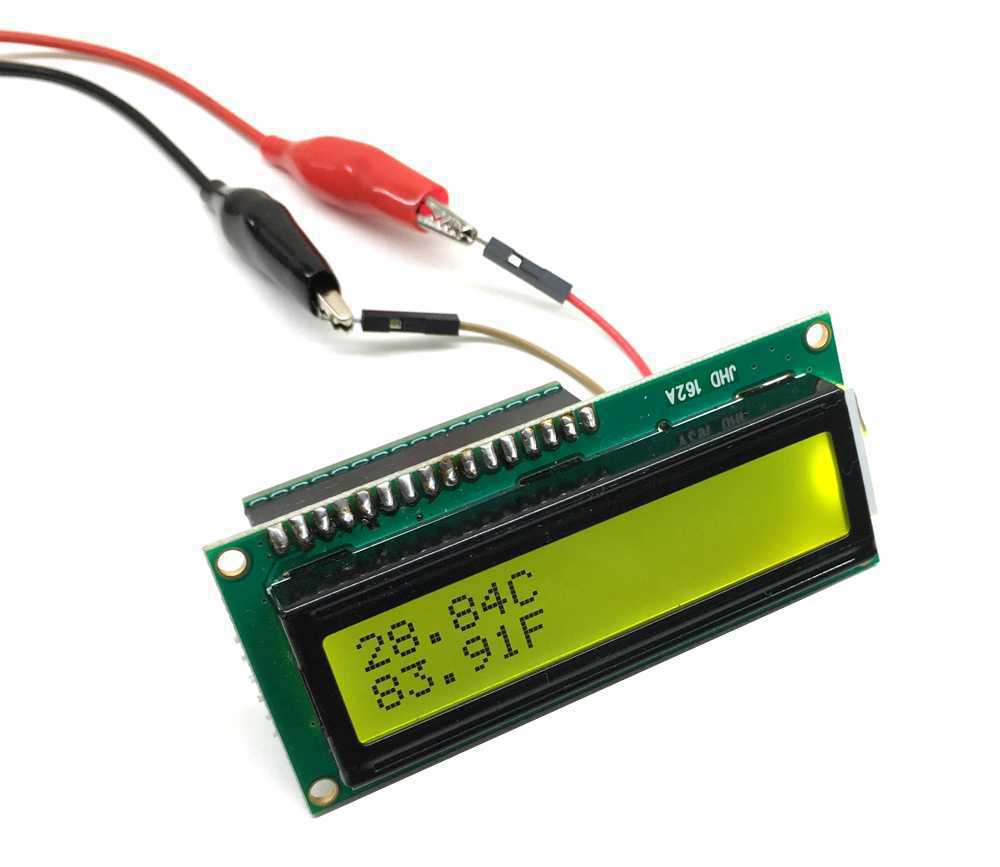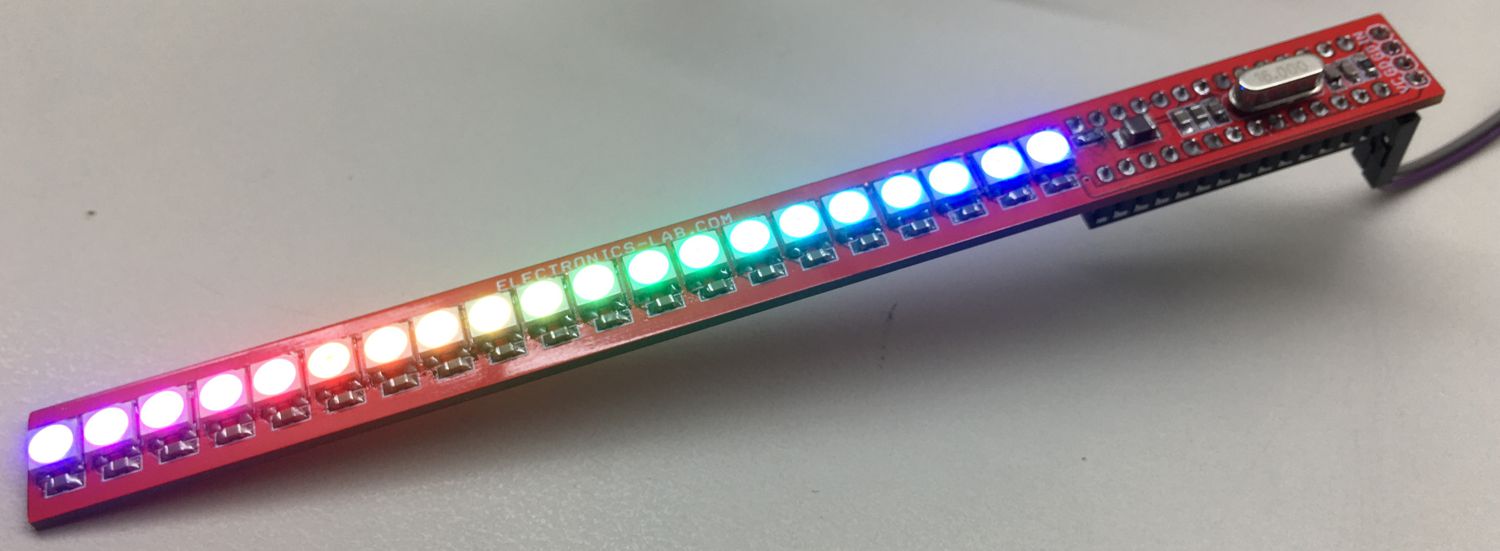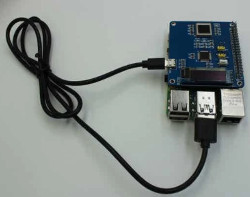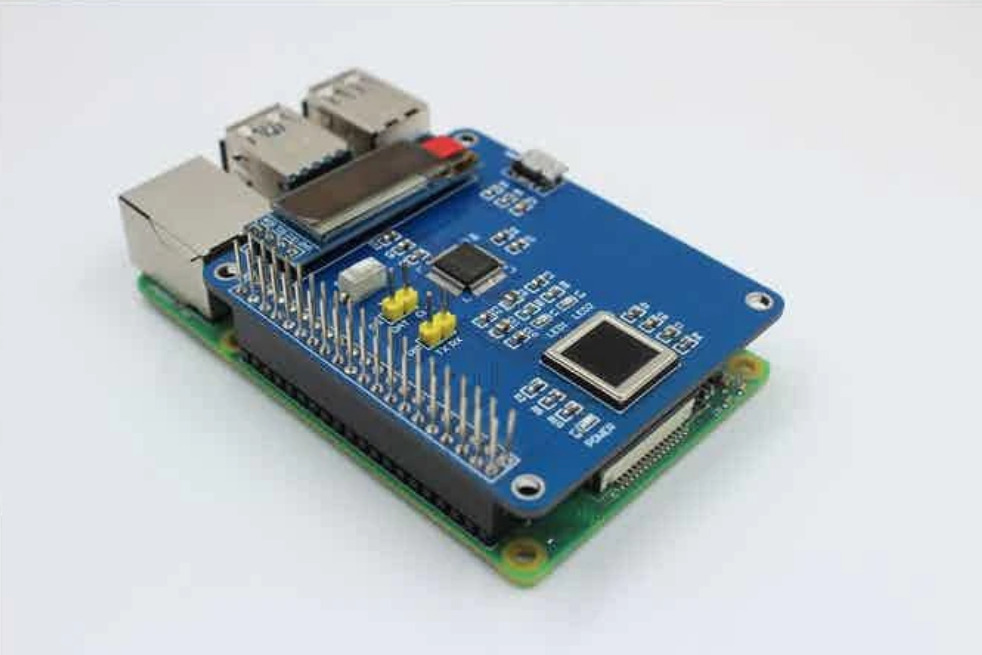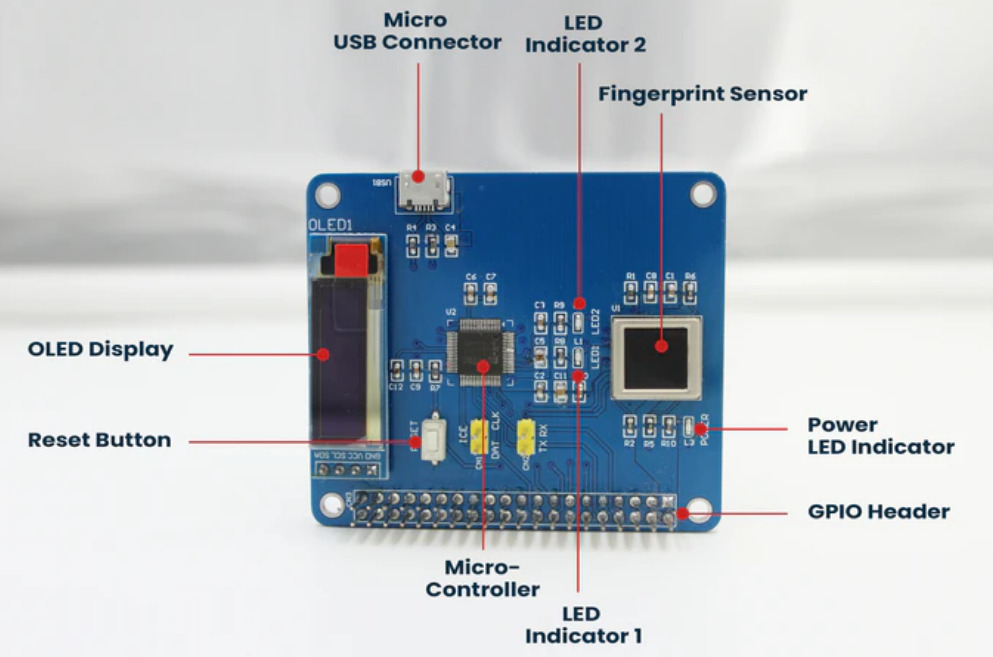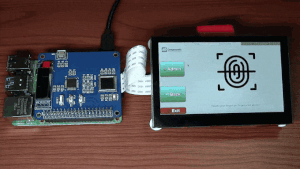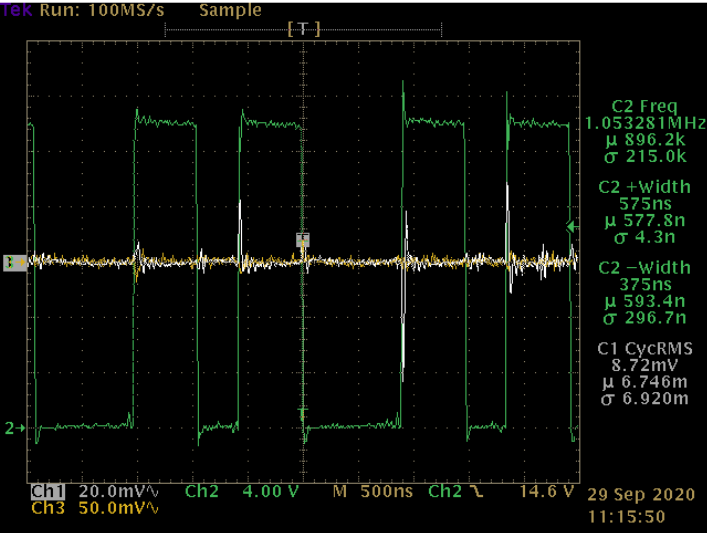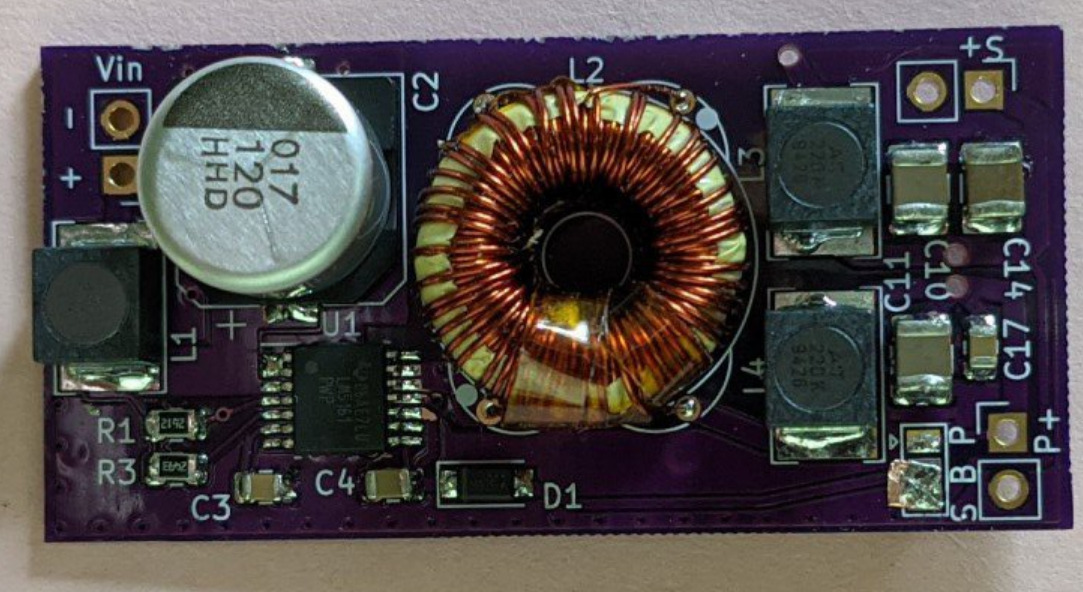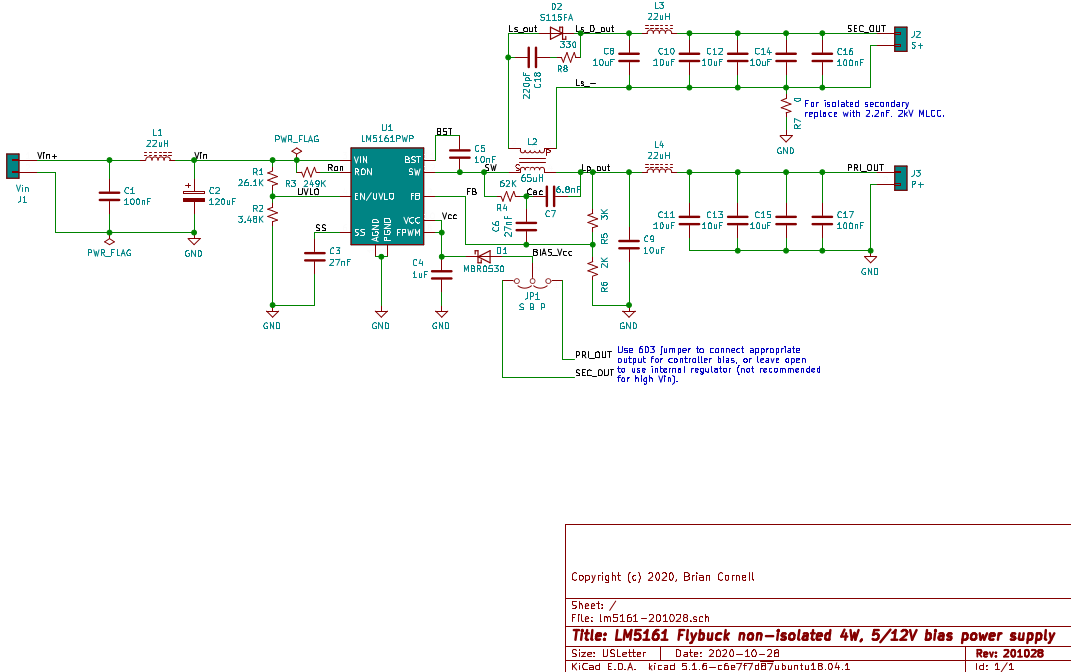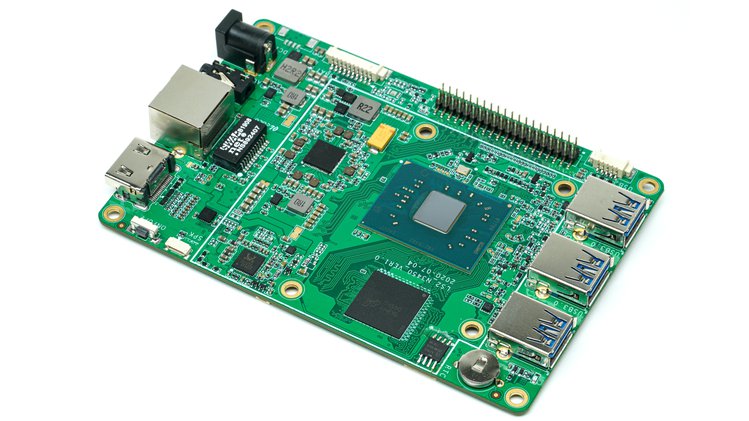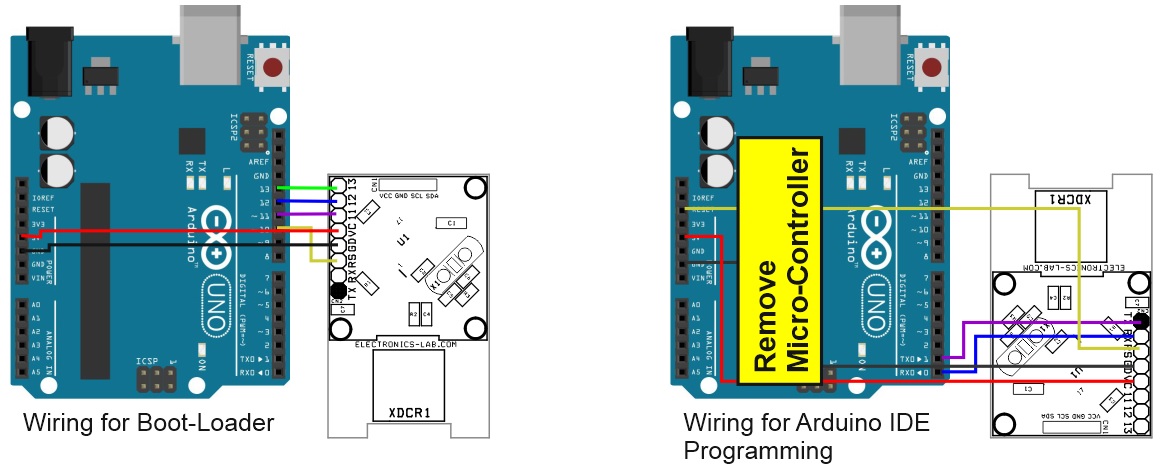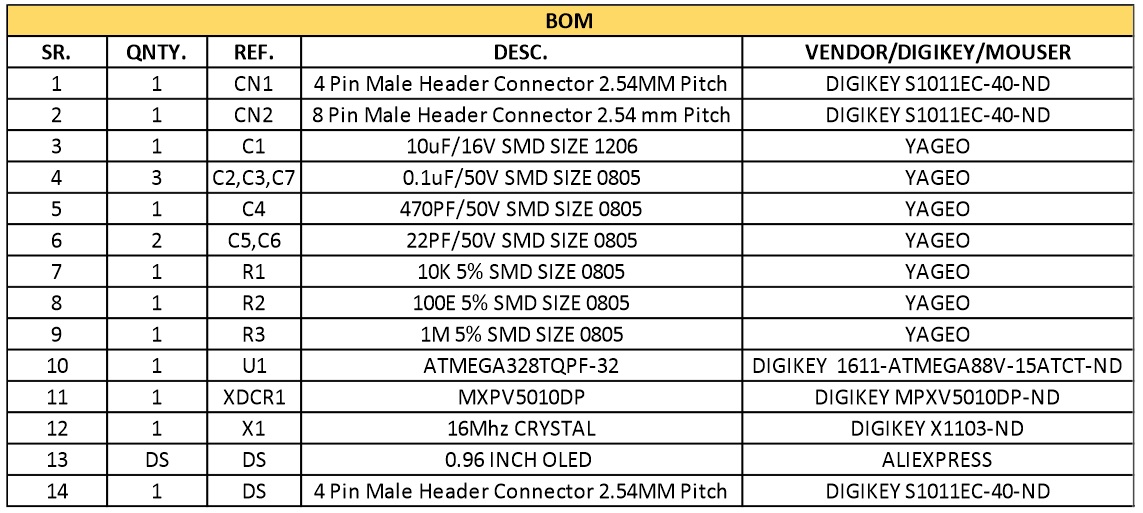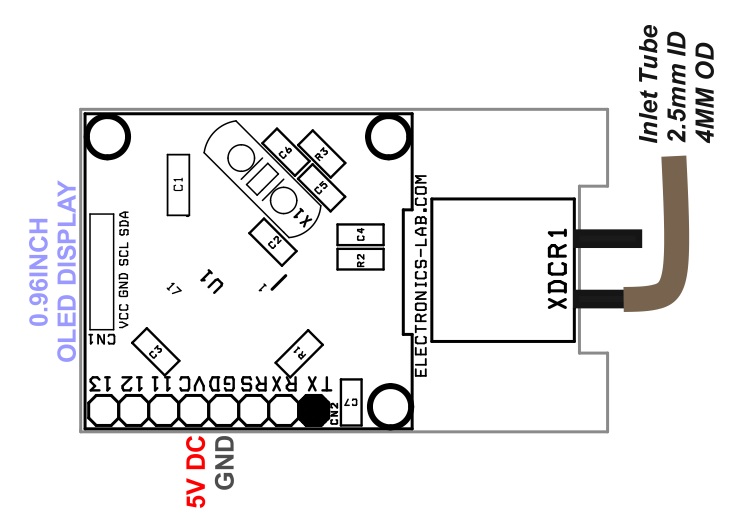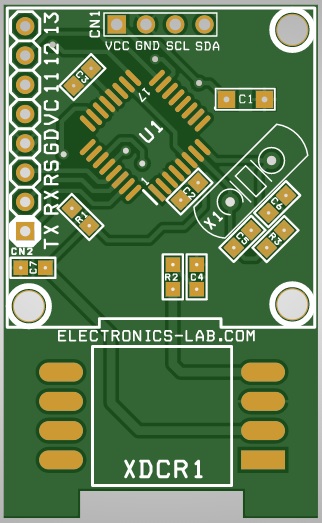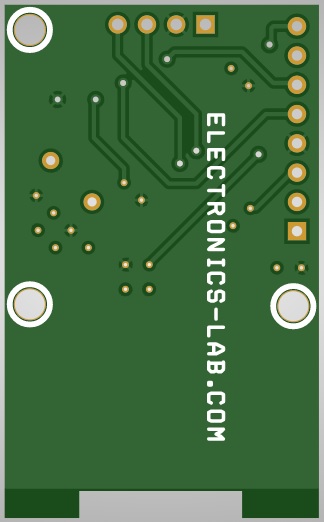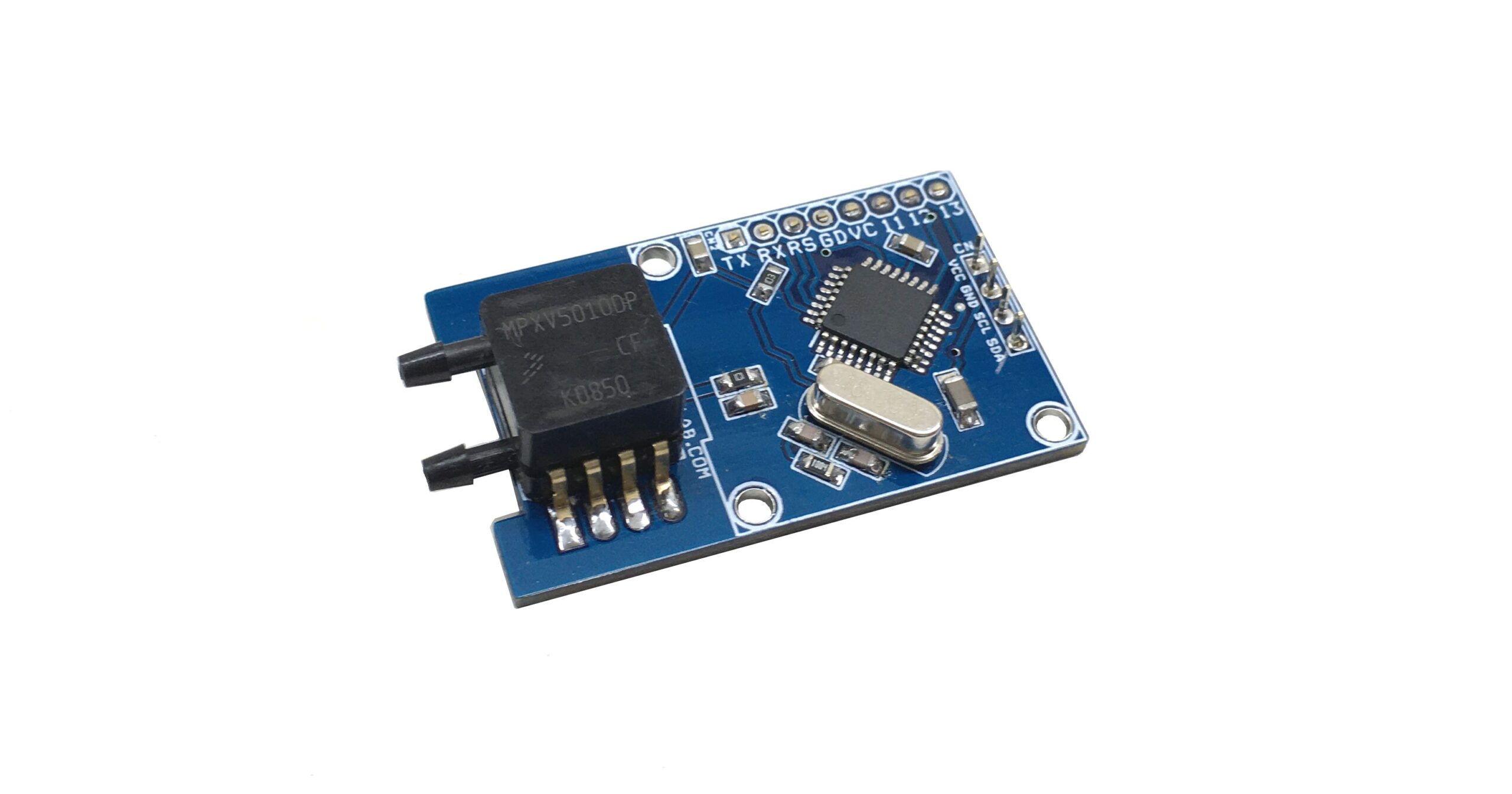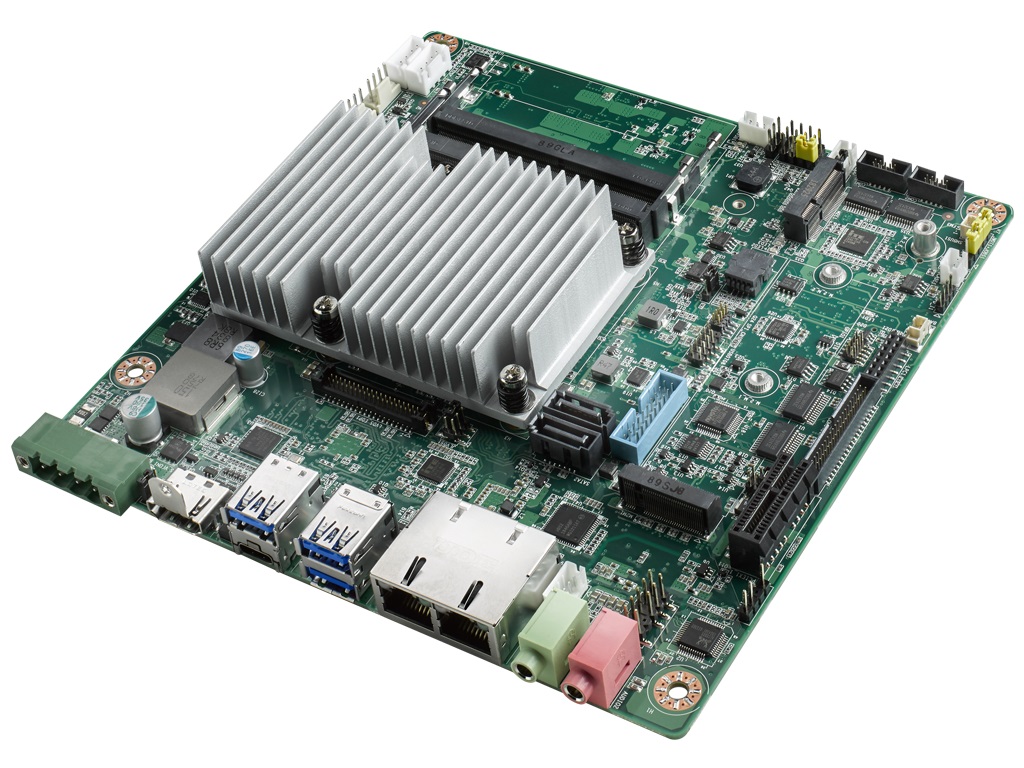
Advantech, a leading provider of industrial motherboards, is pleased to release AIMB-233, a low-profile industrial-grade “THIN” Mini-ITX motherboard to enable graphics processing and computing power in limited space applications. AIMB-233 is powered by an 8th Gen. Intel® Core™ Processor, features diverse I/O ports and utilizes an optimized thermal solution. With an overall height of just 25 mm, this motherboard is an excellent choice for slim design applications in Human Machine Interfaces (Panel PCs), mobile devices, nursing carts with integrated wall displays, patient care systems and medical imaging processing.

Featuring Dual Ethernet and Numerous I/O for Diverse Applications
Advantech AIMB-233 features multiple high-speed I/O — including 8 USB ports (1x type C USB 3.1, 3x USB 3.1, 2x USB 3.0, 2x USB 2.0), 2x SATA III, PCIe x1, 1x M.2 M-Key, and 1x M.2 E-key (optional full-size MiniPCIe) — to consolidate legacy and modern peripheral devices on a motherboard. Additionally, this motherboard has 8-bit digital programmable I/O, 6x COM ports (one port for RS-232/422/485) and a 2W dual-channel audio amplifier. AIMB-233 is further equipped with dual Gigabit Ethernet ports that deliver up to 1000 Mbps of bandwidth for two network segment applications. These features allow AIMB-233 to support a wide range of peripherals and network connections in a myriad of applications.
Designed to Empower High-End Graphics and Low-Latency Storage
AIMB-233 supports high-speed interfaces via USB Type-C Alt to offer USB, DisplayPort and HDMI. USB Type-C Alt supports a max. 4906 x 2034 @60Hz resolution to deliver excellent graphics to medical imaging processing. The M.2 M-key socket enables the use of high-performance SSD to deliver reliable high-speed processing for critical data operations.
AIMB-233 Key Features:
- Equipped with 8th Gen. Intel® Core™ i / Celeron mobile processors
- Dual channel DDR4-2400 260-pin SODIMM up to 32 GB
- 8x USB, 2x SATA III, 6x COM, 1x M.2 M-key/8-bit GPIO, 1x M.2 E-key
- Triple display by Type C Alt. + HDMI + LVDS (or eDP*)
- FCC/CB Class B Certified and ESD level 4 (Contact 8 KV)
- 12~24V DC power input
- Pre-installed WISE-DeviceOn software for remote monitoring and management
- Note: BOM optional function by request.
Advantech AIMB-233 industrial-grade “THIN” Mini-ITX motherboard is available now. For further information or Advantech Industrial Motherboard products, please contact your local sales support team, an authorized channel partner or visit www.advantech.eu. Learn more as well about Advantech’s local customization options under http://bit.ly/AdvantechDMS.
Rapid Deployment in Harsh Environments
AIMB-233‘s fanless design reduces time-to-market for System Integrators. This motherboard provides powerful and stable computing performance in a wide temperature range (-20~70°C) and in harsh environments. Additionally, its 12-24V DC-in feature supports flexible system power designs for Medical and Industrial Automation applications.
Enhanced Security Solution for Medical Applications
Medical devices, including radiation/diagnostic equipment, monitoring devices, and patient information systems require advanced security capabilities. AIMB-233 motherboard features secure hardware and software to protect data and patient privacy. Its software, UEFI Secure Boot and boot guard, secures pre-boot environments, while its hardware supports optional TPM 2.0 for enhanced data protection.



